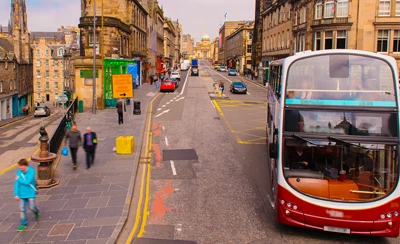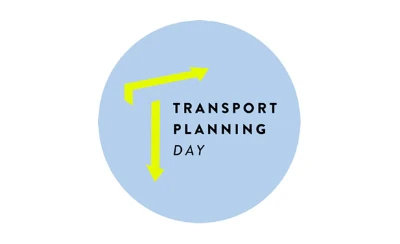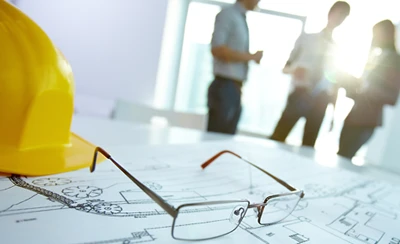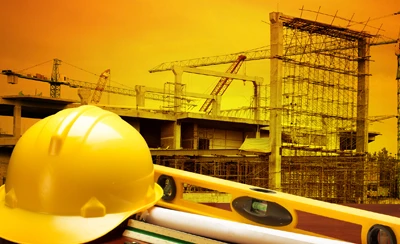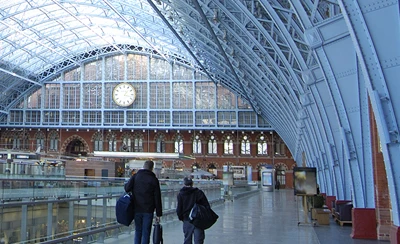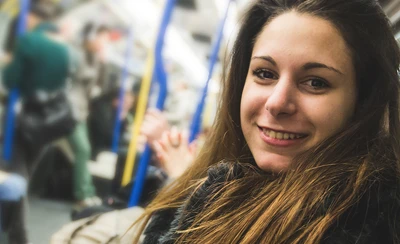TP Day Campaign 2021 - Interview with Arup's Hiba Abo Slo: Arriving in the UK, becoming a transport planning apprentice, and the importance of EDI
Q: Can you tell us a bit about yourself and your personal journey which has led you to you finding your current role at Arup?
Finding a role at Arup was not part of the plan I had for myself when I arrived in the UK from Syria in 2015. I’d lived in Damascus my whole life and five years after the war started I left. After finishing what are the equivalent to A-Levels here in the UK, I started an architectural technologies course, which I thoroughly enjoyed. All of this with a limited knowledge of the English language, I found myself in the big city of London, surrounded by no friends, no family, no previous experience of the culture, community, job market, education system or language.
My thoughts and actions then were all focused on finding a course at university, as I had left that unfinished when I left Syria. There were various problems, the biggest one being unable to get a student loan. I gathered that going to uni is not possible for the first three years of my residence. Back then, this seemed like a dead end and was quite shocking to me. Soon after this I made myself a plan to do as much as possible in the time I have until I can go to uni – so I enrolled in as many courses as possible to improve my English and volunteered in a charity shop to get to know the people and the community better. In 2018 I was preparing myself to start civil engineering at uni that September. However, from my research I found out about the concept of an apprenticeship and was interested in that too. Later that year, I had my UCAS application accepted to study civil engineering as well as having been offered an apprenticeship as a transport planner at Arup. I was faced with a dilemma: choosing between what I was working for the last three years for and something completely new that I had no idea about. I chose to enter the job market for a new challenge, and by that time I wasn’t fond of being a full-time student.
At that time, I was googling everything from translating words I hear or read to checking maps to navigate the big city.
Q: What was it about transport planning in particular that attracted you as a profession?
When I accepted the offer from Arup, I had no idea what transport planning was. What I was sure of, is that I was amazed by the transport system in London, especially the tube. I loved how well organised and convenient it is, and the fact that it was all tunnelled underground blew me away. I did some research and asked the Arup team in London if I could come for an office tour to meet more of the people who work there. Within a couple of short weeks, I made the decision to join the team and I haven’t looked back. Now I can say that what makes this profession attractive is that if you have a cause that you care for in the built environment and especially in transport, then it could the place for you. My team has talents from various backgrounds and specialisms. We have engineers, architects, mathematicians, planners, people who studied finance, geography and many other things, as well as apprentices. Reflecting the diversity in people is the range of diverse and intriguing projects we have. There are the smaller and typical types of projects, such as assisting clients with planning applications, to multi-disciplinary projects that are on a national level like Heathrow, Gatwick and HS2. The details we go into working on projects makes one realise the impact we have on people’s lives and livelihoods. We try to help people live better and more easily as well as looking after our planet.
Q: What do you think the key challenges and priorities should be for transport planners over the coming decade?
- Designing transport systems and facilities around people not vehicles. This means thinking about the diverse range of people’s ages, abilities and backgrounds that use the roads and public transport, as well as thinking about accessibility, lighting, safety, spaces and mode choice.
- Making transport sustainable and reducing its carbon footprint. This means taking pride in walking, cycling and using public transport, and getting communities involved in understanding and answering questions like: how sustainable is private car use? What will be the impact of CO2 levels over the next 100 years and how far can we push the limits? Do we realise the health and wellbeing benefits of active travel?
- Work on changing our communities’ attitudes and behaviour towards transport.
We need to be developing our transport systems to be more inclusive and more accessible, through the planners and designers in the built environment as well as governments and policy makers. We need to create an understanding and raise awareness especially amongst young people in schools, colleges and universities around the impacts of our actions and behaviours in mode choice, as well as the personal and economic benefits of walking, cycling and using public transport. This means improving our infrastructure so those mode choices are made easier. Reflecting on current affairs, like the recent petrol “shortage”, can we deal with another real issue like this in the future without the country grinding to a halt?
We need to get young people involved and get their opinions on events like COP26, and get all the whys, whats and hows around it.
Q: From your experience, is there anything the sector could do better to ensure people with your background find it an attractive prospect, and are able to gain the skills necessary to enter it and succeed?
This sector is region/area specific. It gets into the details and nitty gritty of the people, culture and policy. It might take people from different backgrounds and cultures longer to integrate into the workplace. However, this diversity provides a great and diverse view of the typical ways we find solutions to problems. I think we need to emphasise the importance of people’s diverse views on transport matters. This sheds light on how the work we do in transport planning manifests in the details of everyone's lives every day when they move from A to B.
I also think that more work needs to be done around highlighting young people’s achievements in the sector and, again, work with organisations that work with young people and tell them this. We should use social media tool to reach those young people, talk to them in their language.
I also think there should be more online content around the transport planning profession. I’ve certainly struggled to find information online when I was trying to know more about transport planning when I was offered the job.

